Anemia is a severe public health problem in India, Nepal, Bhutan, Pakistan and Bangladesh. In India, 58% of children (6-59 months) are anemic (hemoglobin levels below 11.0 g/dl). In 15-49 years age group, 53% women and 23% men are anemic while the number stands at 54% for pregnant mothers. But why? What are the causes of anemia? Knowing causes always helps us to manage the problem better even at household level. So, we should be aware of the disease and should know the symptoms of anemia.
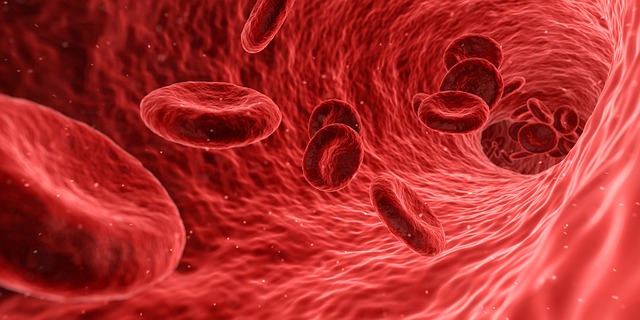
Before causes of anemia let’s understand the problem better
Iron is an important ingredient of human diet which is essential for the formation of hemoglobin. Hemoglobin in red cells carries oxygen all over the body. Anemia is a condition in which the number of red blood cells and their oxygen-carrying capacity is reduced compared to the normal level. Iron deficiency is the most common form of anemia (low red blood cell or hemoglobin levels).
When are you anemic?
Complete blood count determines the hemoglobin level and red blood cells count and thus clearly diagnose the presence or absence of anemia.
Hemoglobin levels (g/dl) below which individuals are considered anemic
|
Group |
Normal Hemoglobin Levels(g/dl) |
Hemoglobin levels (g/dl) of anemic individuals |
|
Non-pregnant women (15-49 years) |
12.1 to 15.1 |
<12.0 |
|
Pregnant women (15-49 years) |
11 to 15.1 |
<11.0 |
|
Men (15-49 years) |
13.8 to 17.2 |
<13.0 |
|
Children 6-59 months |
11 to 16 |
<11.0 |
What are the common symptoms of Anemia?
Many people around us have symptoms of anemia. Please go through the symptoms mentioned below, you may recognize that some people known to you have these common symptoms. Be aware. If any near and dear of you have these symptoms, please consult a doctor for diagnosing anemia, treat it, and provide a better quality of life to him or her.
The common symptoms of anemia are-
-
The feeling of tiredness and general fatigue
-
Reduced work performance
-
Headache
-
Loss of appetite and reduced food intake
-
Lack of sound sleep.
-
Vertigo
-
Poor growth of children
-
Poor concentration and low learning capacity
-
Low immunity and increased frequency of infections of anemic patients
-
Increased risk of malnutrition
-
Anemia among pregnant women increases the risk of both the mother and the baby

Do you know why a normal healthy individual get anemic? The basic 5 causes of anemia
There are five basic causes which may increase our chances of the risk of getting anemic.
-
Inadequate intake of iron
Inadequate intake of iron-rich foods cause iron deficiency. Iron is better absorbed from the meat, fish and egg than that from a vegetarian diet. Vitamin C increases iron absorption whereas excessive intake of tea, coffee etc reduces its absorption.
-
Excessive blood loss
Acute or chronic blood loss may result in anemia. In the following conditions, we have increased the risk of anemia.
-
Anemia is common among women who have usually heavy menstrual period.
-
Heavy blood loss of an expecting mother during her delivery.
-
Frequent blood donation
-
Gastrointestinal bleeding is a common cause of anemia among men and elderly women. The main problem is that most individuals with gastrointestinal bleeding don’t have any change in their stools and thus remain undetected for a long time causing a silent cause of anemia. Some common causes of gastrointestinal bleeding are
-
- Gastric ulcer
- Peptic ulcer
- Crohn’s disease
- Ulcerative colitis etc
-
3. Reduced absorption
Decreased capacity of some individuals to absorb iron make them susceptible to anemia. This may happen due to certain diseases of the small intestine, such as celiac disease or Crohn’s disease, or if a portion of the small intestine has been removed in some surgery.
-
Increased need for iron
-
During pregnancy iron requirement increases. Thus, if pregnant mothers do not get more amount of iron from her diet than it aggravates the risk of getting iron deficiency.
-
During the rapid growth period of infancy and early childhood, adolescents, lactation etc iron requirement is increased. Thus, if the individuals in these phases of life do not get enough iron from their diet, then they are prone to become anemic.
-
Micro-nutrient inadequacy
Vitamins and minerals are required to make RBCs. Hence, in addition to iron, vitamin B12, vitamin A, folate, riboflavin, and copper are required for the proper production of hemoglobin. Deficiency in any of these micro-nutrients may cause anemia because of inadequate production of RBCs. Poor dietary intake is an important cause of low vitamin levels and therefore anemia.
-
Alcoholism
Persons who drink regularly, have a greater risk of iron deficiencies.
So, ladies and gentlemen please look after the health conditions of the family members and avoid the above factors causing anemia.

Do you know who is at high risk of anemia in your family?
-
Infants who are mostly dependent on milk because milk is a very poor source of iron.
-
Pre-school children (2-6 years of age) because most of them take avoid iron-rich foods like mutton, fish, fruits and green leafy vegetables
-
Adolescent girls during rapid growth have an increased need of iron. The onset of menstruation further increases the iron needs of the adolescent girls. So, if the daily diet fails to meet the excess iron need, anemia develops.
-
Pregnant mothers are specially vulnerable. During this crucial phase a 3 kg baby rapidly developed in the body of a woman gets all the required nutrients from the mother’s diet. Moreover, expecting mothers needs more nourishment to cope up with the all normal physiological changes occurring during pregnancy.
-
Elderly family members like the grandparents in the family have a greater risk of becoming anemic because of inadequate intake of animal foods and vitamin C rich fruits, poor absorption, and a greater incidence of unrecognized, chronic gastrointestinal bleeding.
How much iron do you need on a daily basis?
The daily requirement of iron for your family members is mentioned in the table below-
|
Group |
RDA of iron |
|
Men |
17 mg/day |
|
Women |
21 mg/day |
|
Pregnant Women |
35 mg/day |
|
Lactating Women |
21 mg/day |
|
0-6 months infants |
46 mcg/day |
|
6-12 months infants |
5 mg/day |
|
1-3 yrs of children |
9 mg/day |
|
4-6 yrs of children |
13 mg/day |
|
7-9 yrs of children |
16 mg/day |
|
10-12 yrs Boys |
21 mg/day |
|
13-15 yrs Boys |
32 mg/day |
|
16-17 yrs Boys |
28 mg/day |
|
10-12 yrs Girls |
27 mg/day |
|
13-15 yrs Girls |
27 mg/day |
|
16-17 yrs Girls |
26 mg/day |
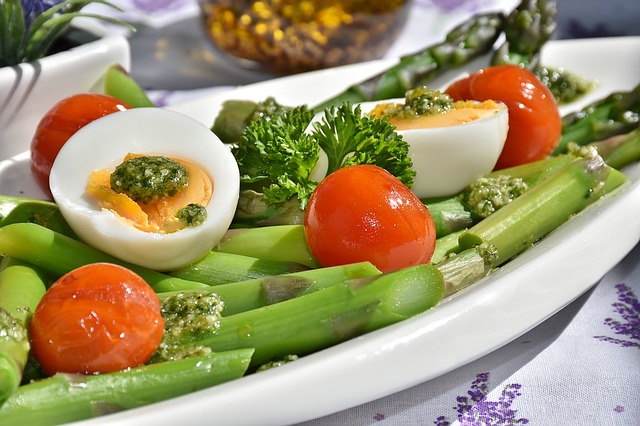
What are the common food sources of Iron?
Cereals, millet, pulses and green leafy vegetables are the rich sources of iron. Among the vegetables, cauliflower greens (40mg/100g), among cereal-products, rice flakes (20mg/100g) and among pulses, Bengal gram (10mg/100g) and gingelly seeds (9mg/100g) are very good sources of iron. The animal sources of iron include crab muscles (21mg/100g), Ribbon fish (14mg/100g), herring (9mg/100g), sheep liver (6mg/100g) etc (22).
How can we prevent iron deficiency anemia? Few diet tips.
-
We should increase the intake of iron-rich animal foods like chicken, fish and eggs.
-
Housewives should encourage the consumption of fresh fruits which are rich in vitamin C. This vitamin improves iron absorption.
-
Adults should reduce the intake of tea and coffee because these beverages inhibit iron absorption.
-
Fermented foods are good sources of vitamin C, so tofu, fermented soy sauces, etc. should be taken regularly.
-
Germinated pulses and nuts like sprouted groundnuts, bengal gram, green gram etc, increase the availability of iron. So sprouted pulses should be incorporated in the daily diets.
-
Dark green leafy vegetables are good sources of iron.
-
After 6 months of age, iron-rich foods should be introduced gradually to infants.
-
From early childhood, good food habit should be introduced by the mothers. Adequate iron-rich foods, particularly fish, liver, eggs should be included in the daily diets of young girls and boys.
-
The breakfast and school snacks of the children should be well balanced and rich in iron. Poha made from rice flakes, nuts, fresh fruits, boiled eggs, sprouted pulses etc should be used to prepare school snacks instead of fast foods like cakes and biscuits.
-
Adolescents have a tendency to consume a lot of fast foods which are tasteful, mouth-watering, rich in fats and energy but largely deficient in vitamins and minerals. Mothers have the responsibility to make them habituated to home-made wholesome snacks , healthy drinks instead of nutritionally poor snacks.
-
The diet of pregnant mothers should be adequate in iron, folic acid and vitamin C. Iron supplementation should be taken regularly if prescribed by the doctor.
-
Elderly should consume iron-rich foods regularly. If they have a chewing problem, softly cooked fish and chicken, fruit juice etc should be included in their daily diets.
-
Any chronic gastric problems should be properly treated.
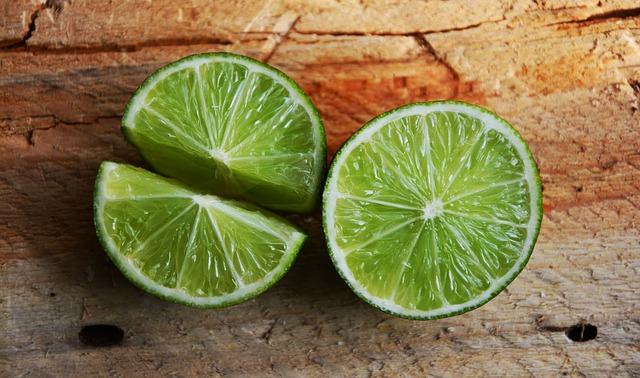
Bottom Line
Anemia is a very common disease among Indians, characterized by low hemoglobin level. No, not only low iron in your diet but reduced absorption or higher requirement of iron can also be potent causes of anemia. Stay cautious if you get symptoms like general tiredness, pale skin, headache, light-headedness, poor concentration etc. These are some of the common symptoms of anemia. We can prevent anemia by judicious selection of iron-rich foods like animal liver, fish, green leafy vegetables, rice flakes, Bengal gram, gingelly seeds etc. along with some vitamin-C rich fresh fruits like lemon, guava, orange etc on a regular basis. Don’t panic. You are not alone. Eat healthy and stay fit. Trust me, it is simple.
Author Sagarika Chakraborty was awarded her doctorate in Food and Nutrition (Home Science) from University of Calcutta (C.U.) in 2017. She is an experienced Researcher, working in the field of Food Science for more than 12 years and published five (5) papers in four (4) international journals and 1 national journal. She has also presented papers in national conferences.
Follow us on Facebook https://m.facebook.com/wellnessmunch/?ref=bookmarks
Follow us on Instagram https://instagram.com/soma.b.chakrabarty?utm_source=ig_profile_share&igshid=1tnlrvuxcv9be


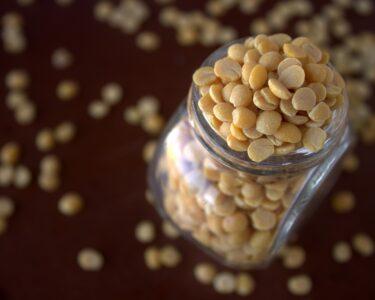

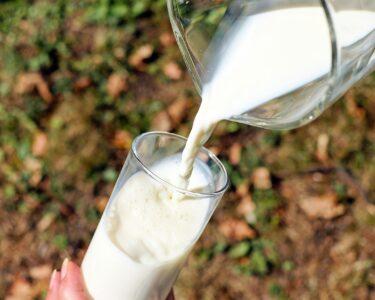

2 Comments